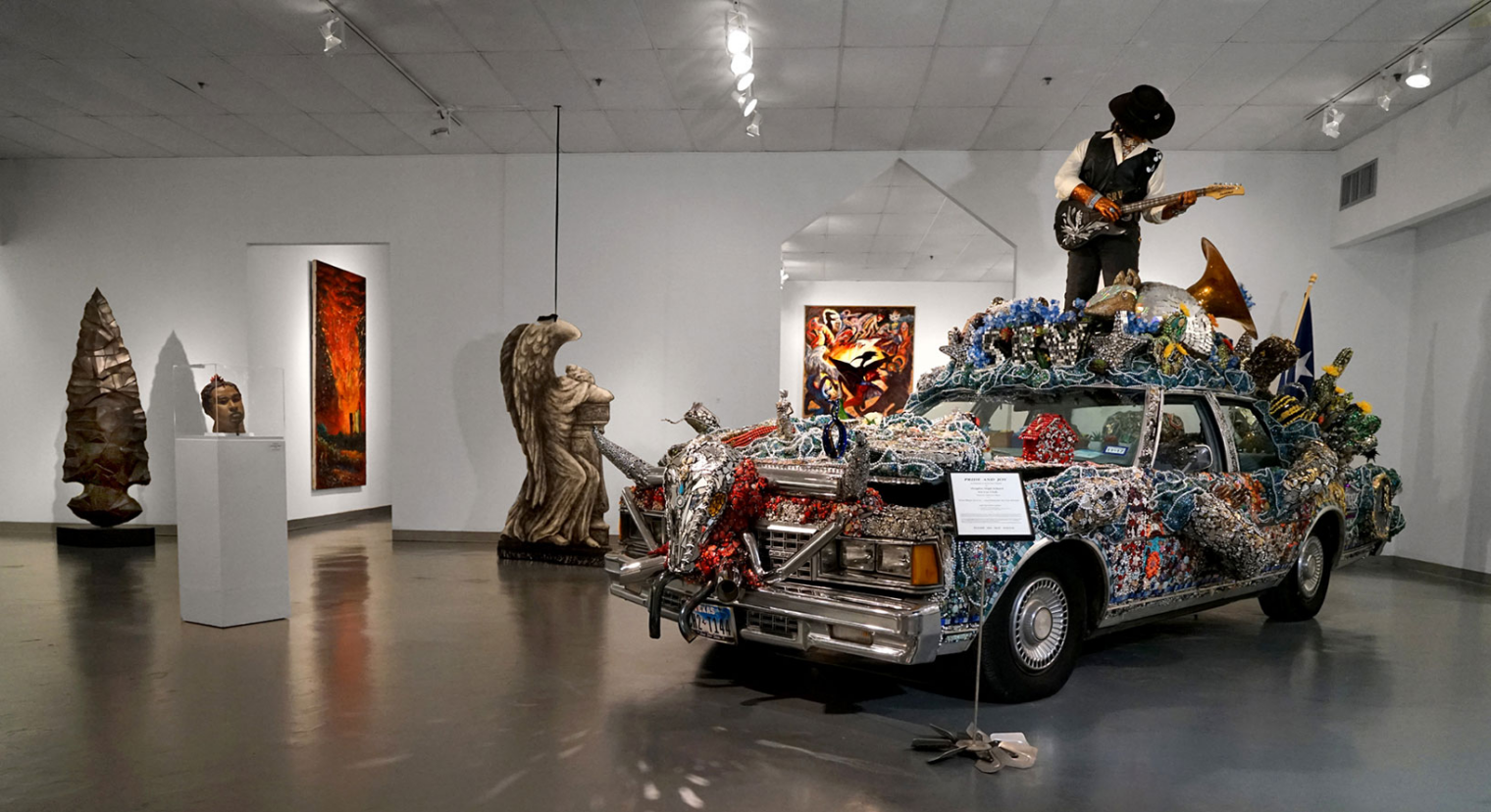What do the United Nations “Temporary” Peacekeepers do when Hezbollah sets up a rocket shop next to their base?
“U.N. peacekeepers take cover as Lebanon’s Hezbollah and Israel trade attacks” (from state-sponsored NPR, July 2024):
Literally in the middle of this confrontation is the United Nations Interim Force in Lebanon, created in 1978 after Israel invaded the neighboring country. Despite the name’s indication that it would be temporary, UNIFIL has become one the longest-serving peacekeeping missions in the world.
UNIFIL took NPR on a recent patrol along the blue line — the cease-fire line painstakingly delineated in 2000 after Israel withdrew following an invasion in 1982. Occasional thuds signaled the daily artillery and rocket attacks since Iran-backed Hezbollah began attacking Israel to support Hamas in the war in Gaza.
The U.N. soldiers conduct regular patrols along the de facto border, both alone and with the Lebanese army monitoring the now regular violations of the 2006 U.N. cease-fire agreement. That accord, drawn up after a 34-day war between Israel and Hezbollah, established a demilitarized zone along the blue line. Violations are reported to the U.N. Security Council.
The attacks on Israel are conducted by Hezbollah and its allies, rather than the Lebanese army. But under the U.N. plan — which envisioned Lebanese government forces securing Lebanon’s border rather than Iran-backed Hezbollah — UNIFIL deals only with Lebanese government forces.
The UN peace experts consume an annual budget of $500 million. Wikipedia says that, in exchange for the $billions spent over the past few years, they’re supposed to “restore international peace and security” and “assist the Government of Lebanon in ensuring the return of its effective authority in the area”. Maybe they’ve accomplished the latter goal indirectly because Hezbollah is the legitimate and popular government of the majority of people in Lebanon? But what about “restore international peace”? What do these peacekeepers do when Hezbollah sets up rocket facilities right next to them? (I think the majority of Hezbollah attacks on Israel are launched from the territory that UNIFIL nominally patrols.)
“The United Nations Completely Failed in Lebanon” (Foreign Policy; October 2023) sheds some light on what the goals of this expensive operation are.
U.N. Resolution 1701, which has been in force since 2006, was supposed to ensure the disarmament of Hezbollah as well as the demilitarization of the region south of the Litani River, which is located about 20 miles from the demarcation zone between Lebanon and Israel known as the Blue Line.
At the end of that 34-day conflict [in 2006], the U.N. updated UNIFIL’s mandate under Resolution 1701 and tasked it with establishing “an area free of any armed personnel, assets and weapons other than those of the Government of Lebanon and of UNIFIL,” between the Blue Line and the Litani River.
But since 2006, Hezbollah has instead fortified southern Lebanon, particularly towns and villages along the 120-kilometer-long (about 75-mile-long) demarcation line. It has built unauthorized firing ranges, stocked rockets in civilian infrastructure, built tunnels into Israel, and repeatedly stopped UNIFIL from accessing certain areas. The fact that southern Lebanon is mostly populated by Shiites—many of whom support Hezbollah—has created a security and intelligence buffer for Hezbollah.
It’s kind of fascinating that a 46-year track record of failure doesn’t lead to a loss of funding. There is no group of humans on this planet that is more deserving of $500 million/year from the UN?
Related:
- Are we in Year 14 of Temporary Protected Status for Haitian migrants?
- Temporary Permanent Coronapanic
- a tunnel built by Hezbollah from the UN-patrolled area into Israel (2019)











